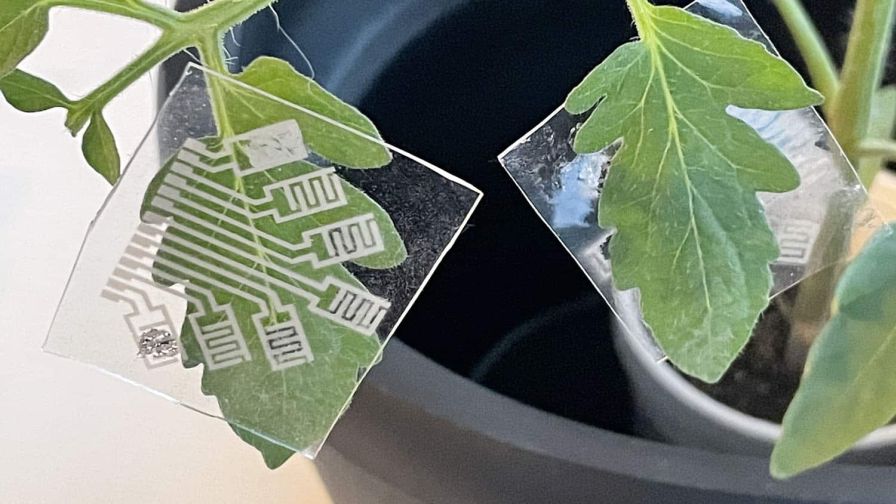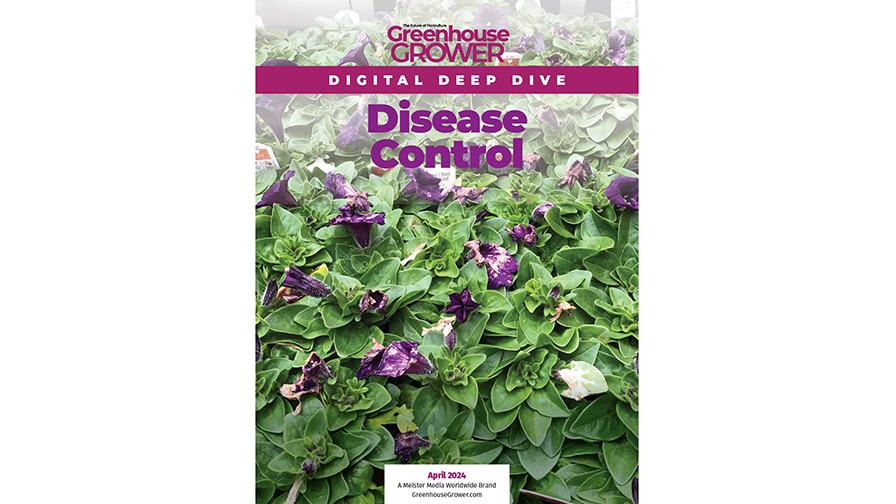Early Detection of Plant Diseases May Be Possible With a New Device

Photo; North Carolina State University
Researchers at North Carolina State University (NCSU) have developed an electronic patch that can be applied to the leaves of plants to monitor for different pathogens – such as viral and fungal infections – and stresses such as drought or salinity. During testing, the researchers found the plant patch was able to detect a viral infection in tomatoes more than a week before growers would be able to detect any visible symptoms of disease.
“This is important because the earlier growers can identify plant diseases or fungal infections, the better able they will be to limit the spread of the disease and preserve their crop,” says Qingshan Wei, corresponding author of a paper on the work and an Assistant Professor of Chemical and Biomolecular Engineering at NCSU. “In addition, the more quickly growers can identify abiotic stresses, such as irrigation water contaminated by saltwater intrusion, the better able they will be to address relevant challenges and improve crop yield.”
The researchers tested the new patches on tomato plants in greenhouses, and experimented with patches that incorporated different combinations of sensors. The tomato plants were infected with three different pathogens: tomato spotted wilt virus (TSWV); early blight, which is a fungal infection; and late blight, which is a type of pathogen called an oomycete. The plants were also exposed to a variety of abiotic stresses, such as overwatering, drought conditions, lack of light, and high salt concentrations in the water.
The researchers took data from these experiments and plugged them into an artificial intelligence program to determine which combinations of sensors worked most effectively to identify both disease and abiotic stress.
“Our results for detecting all of these challenges were promising across the board,” Wei says. “For example, we found that using a combination of three sensors on a patch, we were able to detect TSWV four days after the plants were first infected. This is a significant advantage, since tomatoes don’t normally begin to show any physical symptoms of TSWV for 10 to 14 days.”
The researchers say they are two steps away from having a plant patch that growers can use. First, they need to make the patches wireless – a relatively simple challenge. Second, they need to test the patches in the field, outside of greenhouses, to ensure the patches will work under real-world conditions.
“We’re currently looking for industry and agriculture partners to help us move forward with developing and testing this technology,” Zhu says. “This could be a significant advance to help growers prevent small problems from becoming big ones, and help us address food security challenges in a meaningful way.”
Continue reading at NCSU.edu.








